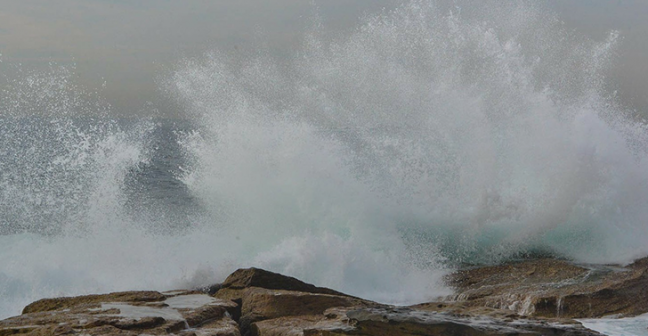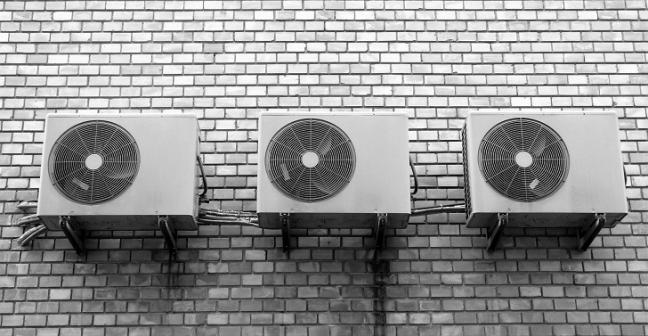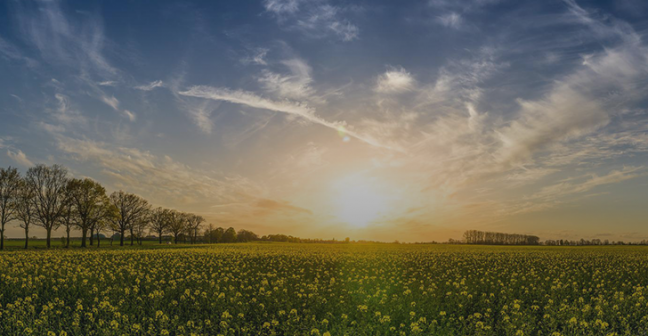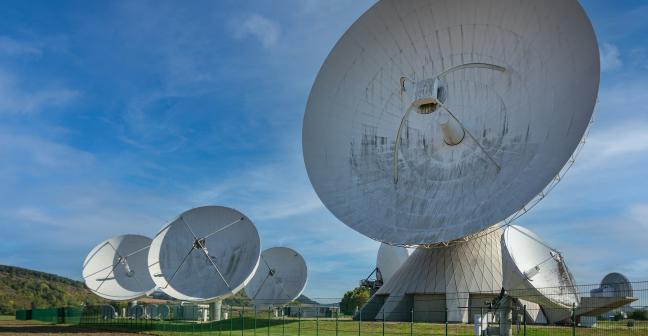The destruction and human suffering following Russia's invasion of Ukraine has included significant environmental components.
This webinar provided an overview of findings from a civil-society database of environmental pollution incidents. It also looked at the curation methodology -...






